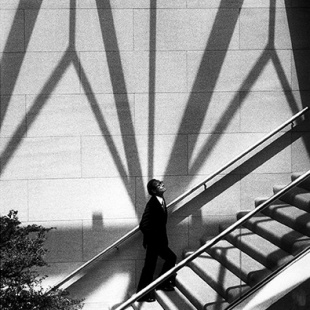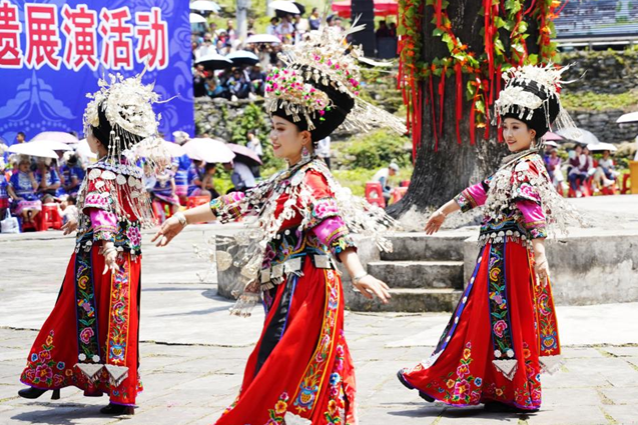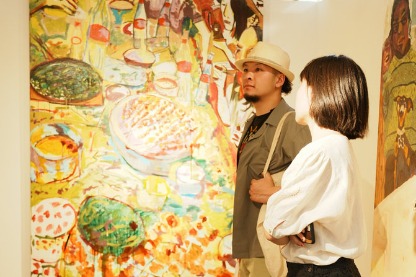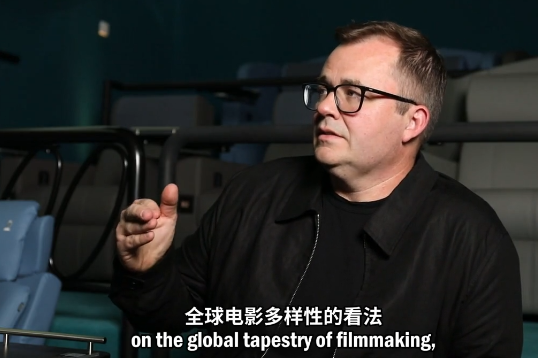Becoming the architect of one's own luminous legacy

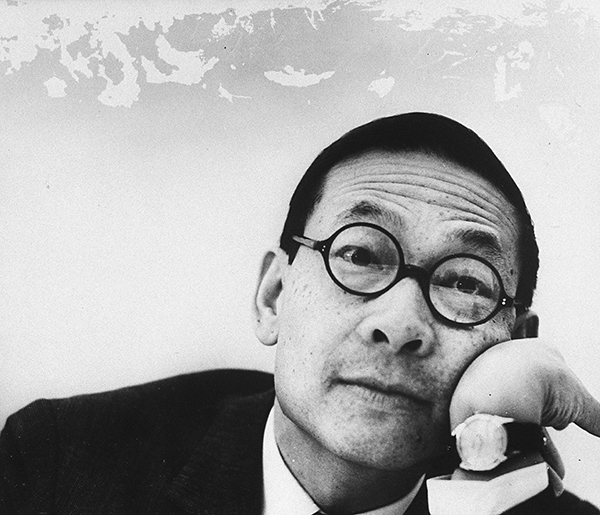
The exhibition takes a close look at Pei's life and works through six areas of focus that not only define his unique processes, but also create a dialogue with social, cultural, and biographical trajectories, showing that architecture and life are inseparable, says Shirley Surya. Surya serves as the curator for the design and architecture section at M+Hong Kong and is a co-curator of the exhibition with Aric Chen, the general and artistic director of Nieuwe Instituut (New Institute) in Rotterdam in the Netherlands and incoming director of the Zaha Hadid Foundation in London.
Pei was born in 1917 in Guangzhou, Guangdong province. His father Tsuyee Pei was a prominent banker. The family moved to Hong Kong when he was a baby, and then to Shanghai when he was 10. Pei spent his summer holidays in Suzhou, Jiangsu province, his ancestral hometown. He liked to play in the family's garden, which today is widely recognized as a representative case of Jiangnan garden art known as Shizilin.
It was in Shanghai where Pei, as a teenage boy, was introduced to the world of modern architecture. Of the Park Hotel in the city center, completed in 1934, which remained the tallest building in Asia for half a century, Pei remarked: "I was fascinated by the height of the Park Hotel, and from that moment on, I aspired to be an architect."
"These early multicultural spatial experiences inspired him to focus on exploring and interpreting locality and historical archetypes within a transcultural and modern milieu," says Surya.
Gong Yan, director of the PSA, says: "Pei's architecture emerges from his mobility across diverse cultures. Rather than being overwhelmed by nostalgia, dislocation, and alienation, these experiences shaped his unique philosophy on life and his distinctive approach to meeting the diverse needs of his clients.
"Humility, pragmatism, wisdom, and generosity define his life spirit and the cultural essence of his architecture," Gong says.
If you go
I.M. Pei: Life Is Architecture
April 26-July 27, Tue-Sun, 11 am-7 pm (last entry at 6 pm)
7F, Power Station of Art, 678 Miaojiang Road, Huangpu district, Shanghai


